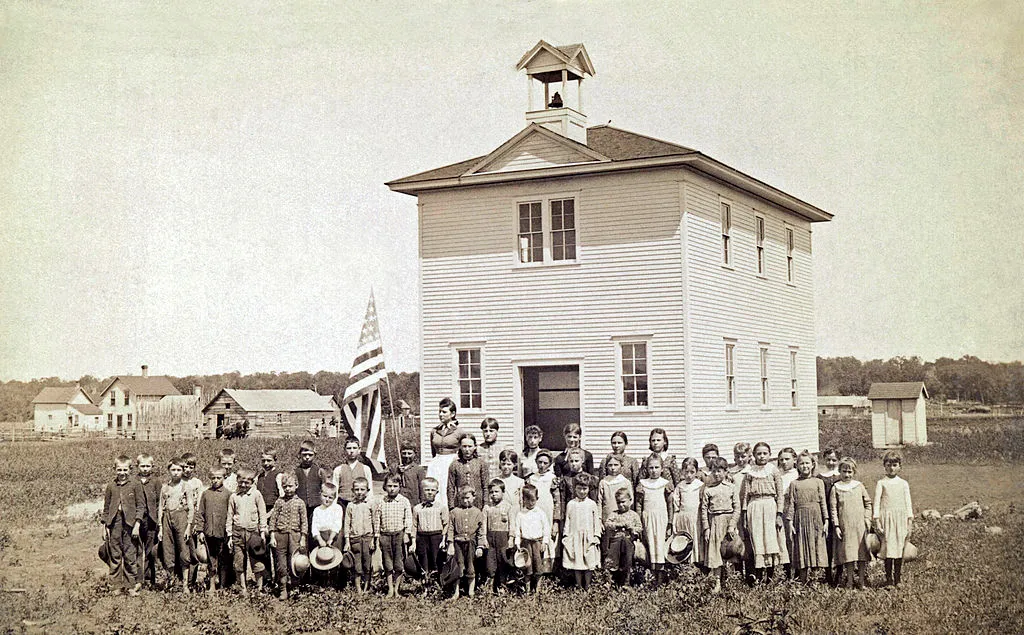
A House Speaker’s job is to “protect the members.” That did not happen. Challengers supported by the extreme wing defeated nine incumbents, and forced eight more into runoffs – including the Speaker, himself. The trend was statewide. The extreme wing ousted three justices on the Court of Criminal Appeals because they joined the majority in the Stephens decision, and ousted one incumbent on the State Board of Education and forced a second into a runoff.
Of course, our interest is not in partisanship or personalities, but what it means for policy. Voucher proponents spent tens of millions of dollars to run border security advertisements against anti-voucher Republicans. It worked. Six lost and four more were forced into a runoff.
What does it mean? Vouchers are virtually certain to pass. It’s just math. There are 150 members of the Texas House. A majority is 76. The vote on the amendment to remove vouchers from HB 1 in the 4th special session passed 84-63. Of our 84 votes, six lost and four more retired and the open seat was filled by a candidate that said they would support vouchers. 84 -10 = 74. This is a best case scenario. This scenario assumes a situation in which the four pro-public education Republicans survive their runoff, and that every pro-public education Republican that was re-elected stands on principle.
What about the November general election? In legislative math, 6 D’s ≠ 6 R’s. In other words, electing 6 pro-public education candidates of the minority party in November to replace the 6 from the majority party does not fix the problem. If the partisan makeup of the House went from 86-64 to 80-70, it is still unrealistic to think that the remaining Republican opposition would hold when “the writing is on the wall.” Asking them to stand on principle is asking them to fall on their sword.
The minority party would have to become the majority party, which is highly improbable in 2024. Democrats would have to win 12 seats. In reality, maybe 10 house districts are “swing,” which means previous electoral data evidences the district to be “closer than 10 percentage points” — or 55% – 45%. Of those ten that meet that definition, four are currently held by Democrats.
So where do supporters of public education go from here? The strategy is going to require a long-term commitment to incrementalism, permanent infrastructure, and local governments. Incrementalism is going to mean mitigating the harm of vouchers with the policy makers we have, while working for sustainable electoral gains over a decade or more. An incremental approach is going to require the permanent infrastructure that only member-based organizations can create. Permanent infrastructure means the long-term work that prioritizes bringing new people into civic engagement, rather than prioritizing the short-term work of “GOTV,” which is largely about motivating the already-engaged. Permanent infrastructure is going to require substantive engagement with local government. Local governments are going to implement whatever comes down from the state. Whether local governments implement maximally or minimally depends on the desires of the community that elects them, and that policy and campaign experience is from where future candidates for state-level offices will be found.
Altering the old adage for March 5, “Rome wasn’t destroyed in a day.” Neither will be Texas or its public schools. Where we go from here really depends on how communities respond in the May 28 runoffs, for the November general election, the 89th Legislative Session, and in every electoral cycle thereafter. That’s how public schools were created – slowly and incrementally over the decades — and it’s how their future will be determined.
